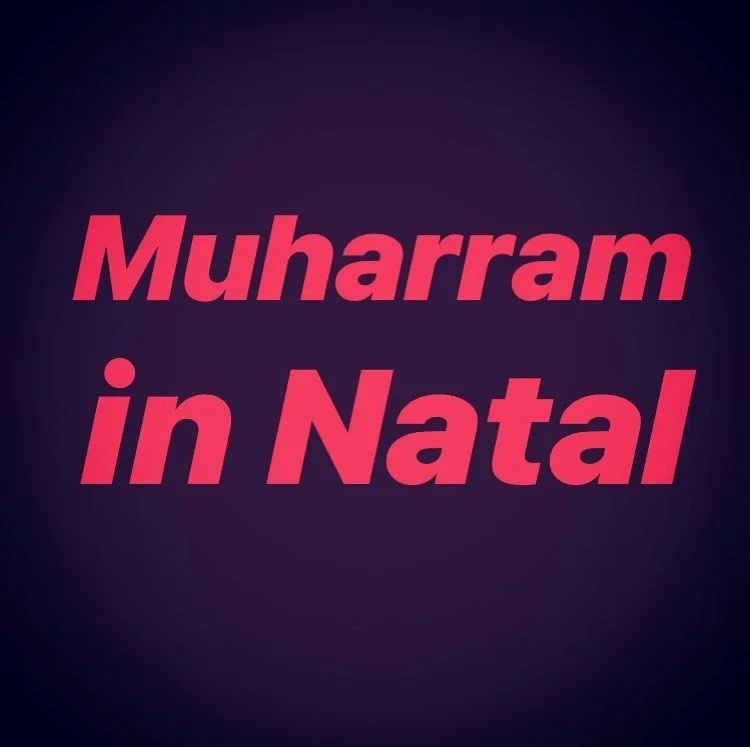Muharram in Natal
“Indentured Muslim communities were composed of fishing people and farmers, weavers and service people, perhaps religious teachers as well. The diversity of Muslim indentured labourers is illustrated by language usage. Muslims who came via Madras spoke Tamil and Telegu, while northern Muslims spoke Braj, Bundeli, Awadhi and Bhojpuri. Urdu, associated with the descendants of Muslims in present-day Natal, was very much a language of the Indian elite and only became significant among ordinary Muslims towards the end of the nineteenth century.
There was thus a great degree of internal differentiation among Muslims in Natal. While the most obvious distinction was between traders and indentured labourers, neither traders nor indentured workers comprised a homogeneous group. The special circumstances of traders enabled them to keep their corporate character and social distance from other Indians. They saw migration as temporary and maintained links with family members in India by visiting home, marrying their sons and daughters in India, and remitting money to build mosques and schools in their villages of origin. In fact, Gujarati Muslims had more in common with Gujarati Hindus than they had with indentured Muslims.
The most important 'religious' activity of indentured Muslims was the mourning of Muharram, which was held on the tenth day of Muharram, the first month in the Islamic calendar. This mourning commemorated the martyrdom of Imam Hussain, the grandson of the Prophet Muhammed, who was killed in battle on this day. In fact, the three days annual leave to which indentured Indians were entitled by law was granted to all Indians during this period. Preparations began at least two weeks prior to the festival, as bamboo and other materials were collected to build the tazzia, a miniature mausoleum constructed in wood and covered in colored paper and gold and silver tinsel.
The building of tazzias was undertaken with great care and pride as each area attempted to build the most attractive one. On the tenth day, groups of people pulled each tazzia by hand, while singing songs to the memory of Hussain, beating on drums, dancing or carrying out stick fights.
Although there was strong disapproval, initially from the authorities and later from middle-class Hindus and Muslims, Muharram remained a central part of the Islam of indentured labourers and their descendants. Muharram provided an opportunity for developing and expressing a self-conscious local community identity.”
-Mosques, Mawlanas and Muharram: Indian Islam in Colonial Natal, 1860-1910, Goolam H. Vahed
